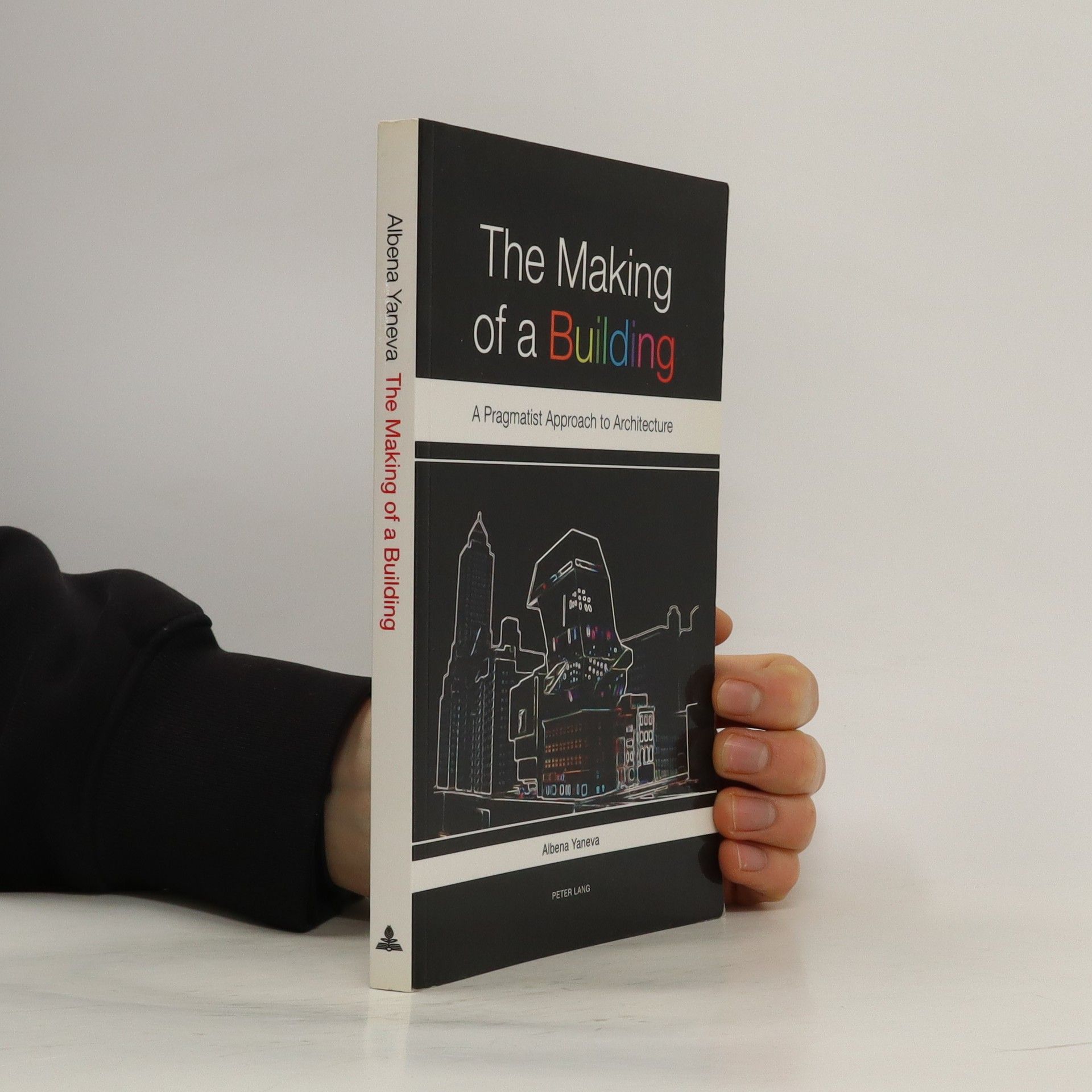Exploring the daily operations at the Canadian Centre for Architecture, this work highlights the collaborative nature of architectural design, emphasizing the contributions of archivists, librarians, and curators. Yaneva argues that the process of creating architectural archives serves as a crucial reflection of design's cultural significance in modern society, showcasing how these archives embody the collective efforts involved in the design process.
Albena Yaneva Libros
Albena Yaneva es una antropóloga de la arquitectura cuyo trabajo abarca los límites disciplinarios de la teoría arquitectónica, los estudios de ciencia y tecnología, la antropología cognitiva y la filosofía política. Su investigación profundiza en las intrincadas formas en que se construyen los objetos arquitectónicos y las ciudades, y cómo estas construcciones dan forma al pensamiento y la sociedad humana. Yaneva se enfoca en examinar críticamente los procesos que forman nuestros entornos urbanos, explorando las suposiciones tácitas y las fuerzas políticas incrustadas en la arquitectura. Su enfoque interdisciplinario ofrece una perspectiva única sobre las complejidades de la construcción del mundo que habitamos.




How do architects learn about a building-to-be? How does a building emerge and gain reality in the model shop, in scaling, in option making, in architects’ – and engineers’ – discussions, in public presentations? What does it mean to design? What does it mean to add a building to the city? Drawing on rare ethnographical material of architects at work at the Office for Metropolitan Architecture (OMA) of Rem Koolhaas in Rotterdam in the period 2001-4, this book offers a novel account of the social and cognitive complexity of architecture in the making. The author dismisses both stylistic periodization and socio-political constructivist methods as being inadequate to the task of understanding the dynamic process of how architects generate design through space and materiality, instead showcasing the potentials of the pragmatist approach as a research tool in the field of architecture. Offering a new way of understanding architecture as practice that takes place within the interactive networks of human and non-human actors, the book also tells the intriguing story of the extensions of the Whitney Museum of American Art in New York.
Architecture after Covid
- 224 páginas
- 8 horas de lectura
A 'parasite' in the city -- The laboratorization of urban space -- Pandemic variations of design practice -- Architectural research extended to things.
Latour for Architects
- 140 páginas
- 5 horas de lectura
Latour for Architects is the first introduction to the key concepts and ideas of Bruno Latour that are relevant to architects.